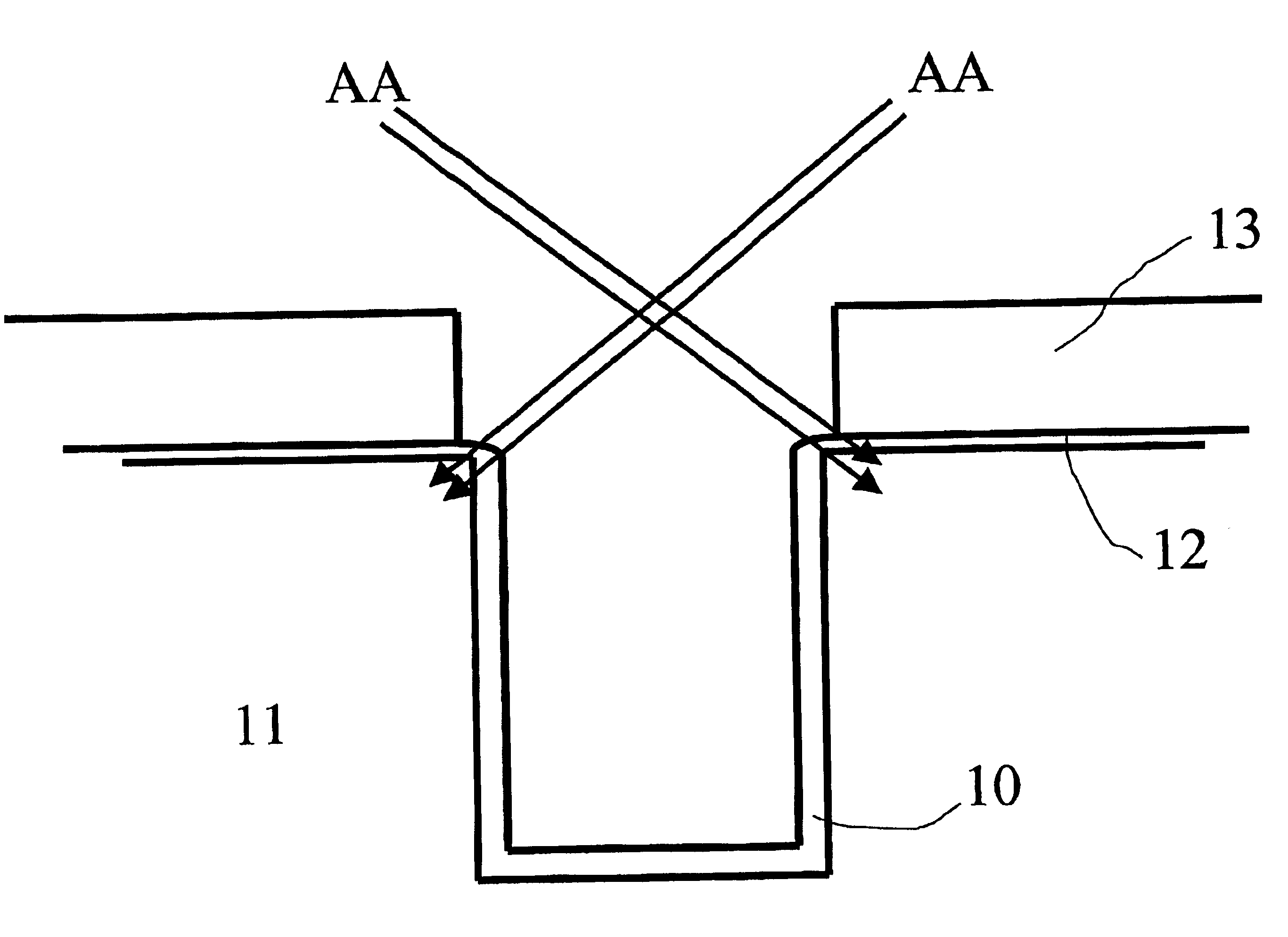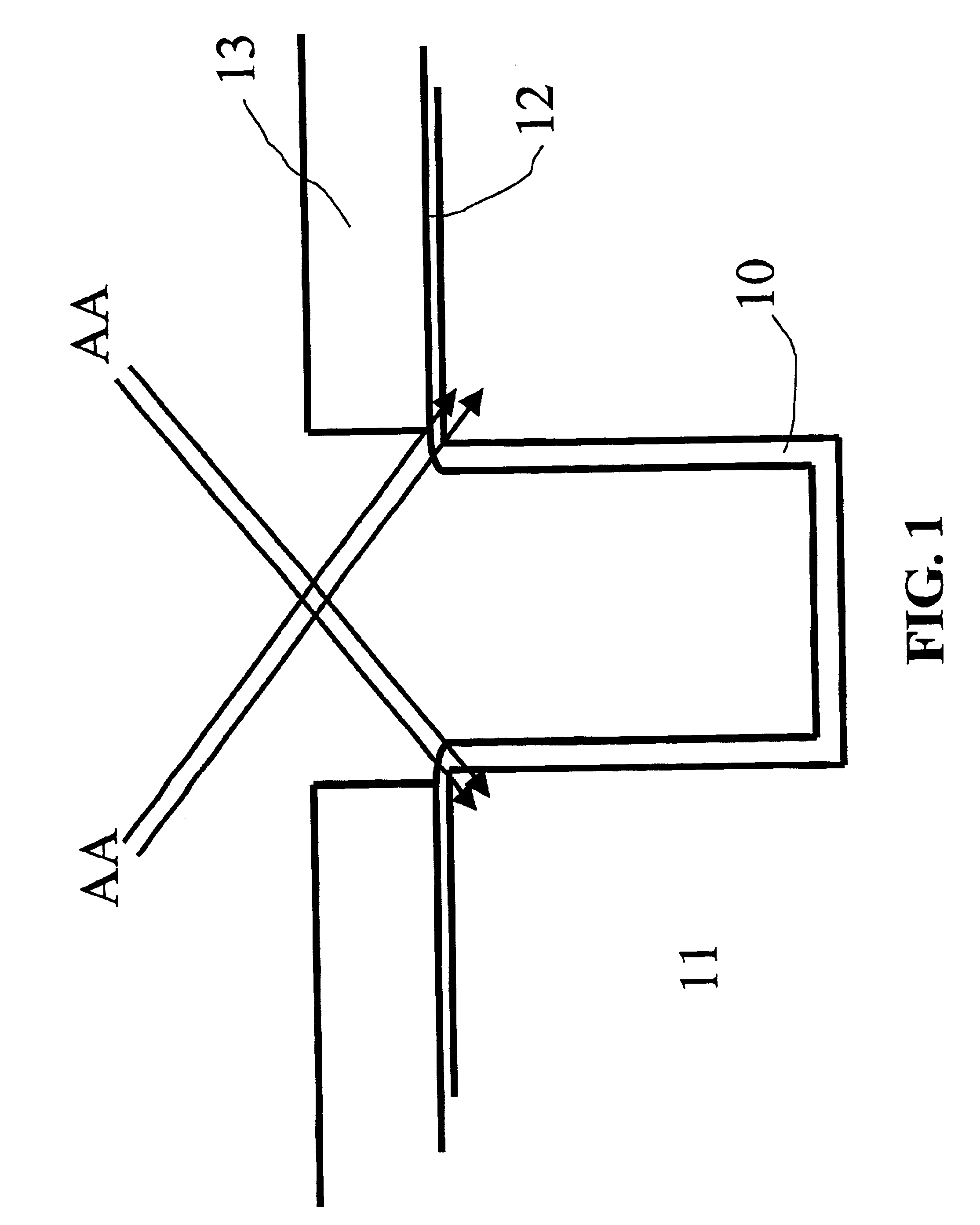Reduction of negative bias temperature instability in narrow width PMOS using F2 implantation
a technology of implantation and temperature instability, which is applied in the direction of basic electric elements, electrical apparatus, and semiconductor devices. it can solve the problems of difficult to achieve the high density of these complex integrated circuits, limiting factors of negative bias temperature instability (nbti), and knobs sometimes used to reduce nbti
- Summary
- Abstract
- Description
- Claims
- Application Information
AI Technical Summary
Benefits of technology
Problems solved by technology
Method used
Image
Examples
Embodiment Construction
The fabrication of MOSFET devices are well known. For example, MOSFETs are manufactured by placing an undoped polycrystalline (polysilicon) material over a thin gate oxide, whereupon the polysilicon material and gate oxide are patterned to form a gate conductor with source / drain regions adjacent to and on opposite sides of the gate conductor. Thereafter, the gate conductor and source / drain regions are implanted with an impurity dopant material. In the case where the impurity dopant material used for forming the source / drain regions is n-type the resulting MOSFET is an NMOSFET (n-channel) transistor device. On the other hand, if the source / drain impurity dopant material is p-type, the resulting MOSFET is a PMOSFET (p-channel) transistor device.
The gate conductor and adjacent source / drain regions are produced using well-known photolithography techniques. The gate conductors and source / drain regions generally arise in openings formed through a thick layer known as a field oxide. These ...
PUM
 Login to View More
Login to View More Abstract
Description
Claims
Application Information
 Login to View More
Login to View More - R&D
- Intellectual Property
- Life Sciences
- Materials
- Tech Scout
- Unparalleled Data Quality
- Higher Quality Content
- 60% Fewer Hallucinations
Browse by: Latest US Patents, China's latest patents, Technical Efficacy Thesaurus, Application Domain, Technology Topic, Popular Technical Reports.
© 2025 PatSnap. All rights reserved.Legal|Privacy policy|Modern Slavery Act Transparency Statement|Sitemap|About US| Contact US: help@patsnap.com


